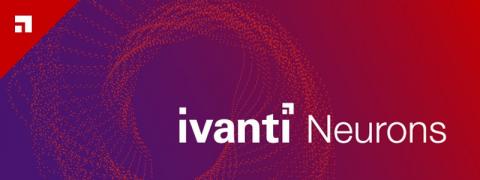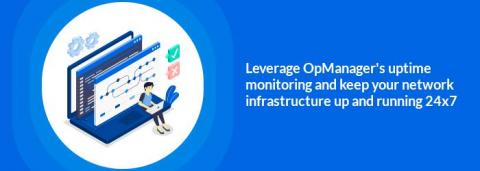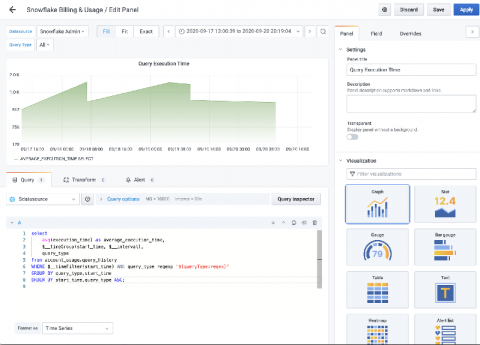Ivanti Adds New Ivanti Neurons Innovations: Ivanti Neurons for Patch Intelligence and Ivanti Neurons for Spend Intelligence
It's been an exciting week at Ivanti! On Wednesday, we announced enhancements to the Ivanti Neurons platform. We added new Ivanti Neurons innovations (powered by machine learning) to improve security posture and optimize asset spend. Ivanti Neurons for Patch Intelligence helps enable organizations to achieve faster SLAs for their vulnerability remediation efforts via supervised and unsupervised machine learning algorithms.











